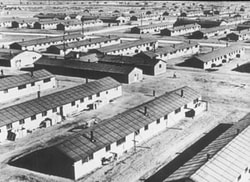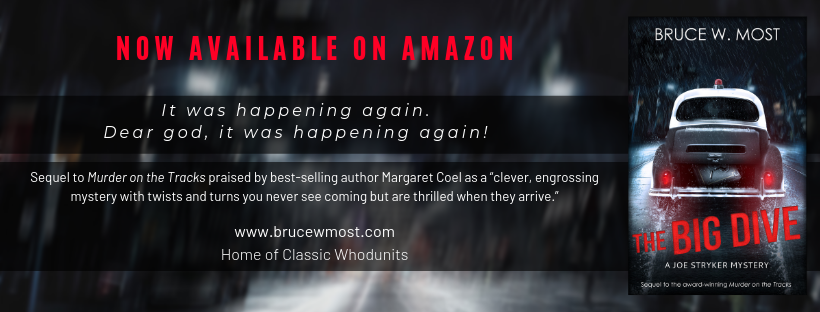 Memorializing a national shame Those of you who do not live in Colorado—and perhaps some who do—may never have heard of the infamous Camp Amache, a square-mile parched, desolate land in the southeastern corner of the state. Named after a Native American woman, Camp Amache was the smallest of the ten internment camps created in a fit of national hysteria to imprison 120,000 Japanese Americans during World War Two. Behind the dogged efforts of Colorado senators and representatives, Congress is on the verge of creating the Amache National Historic Site to memorialize one of the darkest chapters in 20th century American history.
I bring this up not only because the recognition is long overdue, but because Camp Amache, along with a Denver police scandal also drawn from real events, play crucial roles in my 2019 mystery The Big Dive, set six years after the war. Even at the time events take place in my story, most of the evidence of the camp’s existence was gone, as if already a shameful past to be erased from the nation's memory. Today, all that remains is a water tank, a guard tower, a memorial site, and a restored barracks. The act will put Camp Amache under the umbrella of the National Park Service to ensure, in the words of one of the Colorado sponsors of the bill, “future generations can learn from this dark chapter in our history.” To learn more about life in the camp and the police scandal, check out my other blogs.
1 Comment
|
Bruce Most is an award-winning mystery novelist and short-story writer. His latest novel, The Big Dive, is the sequel to the award-winning Murder on the Tracks, which features a street cop seeking redemption while investigating a string of murders in 1949 Denver. His award-winning Rope Burn involves cattle rustling and murder in contemporary Wyoming ranch country. Bonded for Murder and Missing Bonds features feisty Denver bail bondswoman, Ruby Dark. Archives
February 2022
Categories |

 RSS Feed
RSS Feed